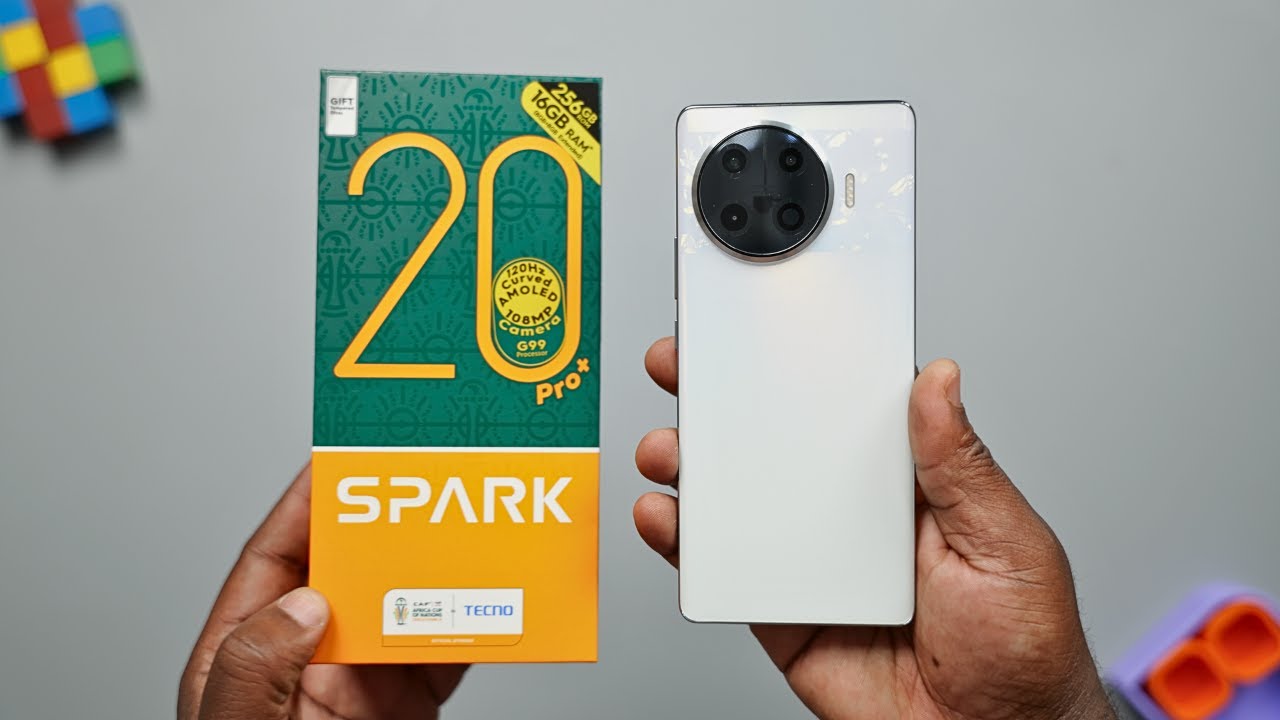Digital identity now defines how we connect, interact, and grow in professional and personal spaces. From LinkedIn profiles to job applications and startup pitch decks, the way people present themselves online shapes how others perceive their credibility. One of the strongest anchors of this identity is the profile picture. The rise of tools like an AI Headshot Generator has transformed how individuals showcase themselves in the digital world. These tools are not simply about aesthetics. They touch deeper aspects of psychology, technology, and branding that are shaping the future of digital identity.
The New Face of Professionalism
In the past, getting a professional headshot meant booking a studio, hiring a photographer, and hoping the results matched your personal brand. That process took time, money, and access to specific resources. Today, technology has democratized this space. An AI Headshot Generator creates portraits that are not only polished but also tailored to the style a person wants to convey. Whether it’s for corporate branding, creative industries, or entrepreneurial ventures, these AI-driven images redefine professionalism for a global and remote workforce.
The Shift to Virtual Impressions
As more of life moves online, the first impression often happens digitally. Employers, clients, and collaborators frequently evaluate someone based on a quick glance at a headshot. Clean, sharp, and confident images send signals of trust and competence instantly. This is why AI Headshot Generator platforms have become so popular. They optimize lighting, symmetry, and clarity, ensuring the image aligns with universal perceptions of professionalism. This shift highlights how digital identity is less about background details and more about strong visual cues.
Balancing Authenticity With Enhancement
One of the main challenges in creating digital representations is preserving authenticity. People want to look like their real selves, not like an airbrushed version that feels distant or artificial. The strength of an AI Headshot Generator lies in enhancing photos without erasing individuality. These tools refine skin tone, sharpen focus, and adjust backgrounds while preserving natural features. As a result, the balance between authenticity and enhancement remains intact. This blend ensures that digital identity feels genuine while still appearing professional and polished.
Digital Identity Across Borders
In a connected economy, professions no longer exist in isolated markets. A freelancer in India may serve a client in London. A job candidate in Brazil can interview for a company based in California. In these scenarios, digital representation needs to adapt to cultural and professional expectations. An AI Headshot Generator allows this level of customization. It creates headshots flexible enough to meet different industry standards, from formal finance spaces to creative technology fields. This adaptability shows how AI tools are not just cosmetic but global enablers of digital identity.
Confidence in Representation
How people view themselves also plays a large role in building digital identity. When someone sees their portrait displayed in a professional light, it boosts confidence. This self-assurance impacts not only how they present themselves digitally but how they interact in real-world situations. Using an AI Headshot Generator, individuals gain more than an upgraded profile picture. They gain psychological reinforcement of competence and professionalism. This makes digital identity equally about how others perceive you and how you perceive yourself.
The Ethical Side of AI Portraits
While AI-driven portraits are transforming the professional world, they also raise significant ethical concerns. Authenticity, consent, and digital manipulation continue to be concerns. However, responsible use of an AI Headshot Generator focuses on enhancement, not deception. The purpose should remain aligned with improving image quality while avoiding misrepresentation of reality. As technology advances, setting clear boundaries will shape trust in digital identity and keep AI headshots a tool for empowerment rather than misrepresentation.
The Future of Digital Identity
Looking ahead, digital identity will continue to expand beyond headshots. AI is already shaping avatars in virtual meetings, personal branding imagery, and even holographic representations of professionals. Yet, the headshot remains a cornerstone. An AI Headshot Generator gives people a head start in adapting to this future. It ensures that identity remains dynamic, adaptable, and aligned with emerging spaces like the metaverse and remote-first workplaces. The human face has always been central to connection, and now AI ensures that the face evolves seamlessly into digital formats.
Final Thoughts
The future of digital identity is not just about data, accounts, or profiles. It is about how people present themselves visually in every interaction. AI headshots stand as proof that technology can transform representation without losing authenticity. By using an AI Headshot Generator, professionals gain more than a polished photograph. They gain control over their narrative in a digital-first world. This marks a shift where technology and humanity merge to define who we are, not just offline but in every corner of the online space.




